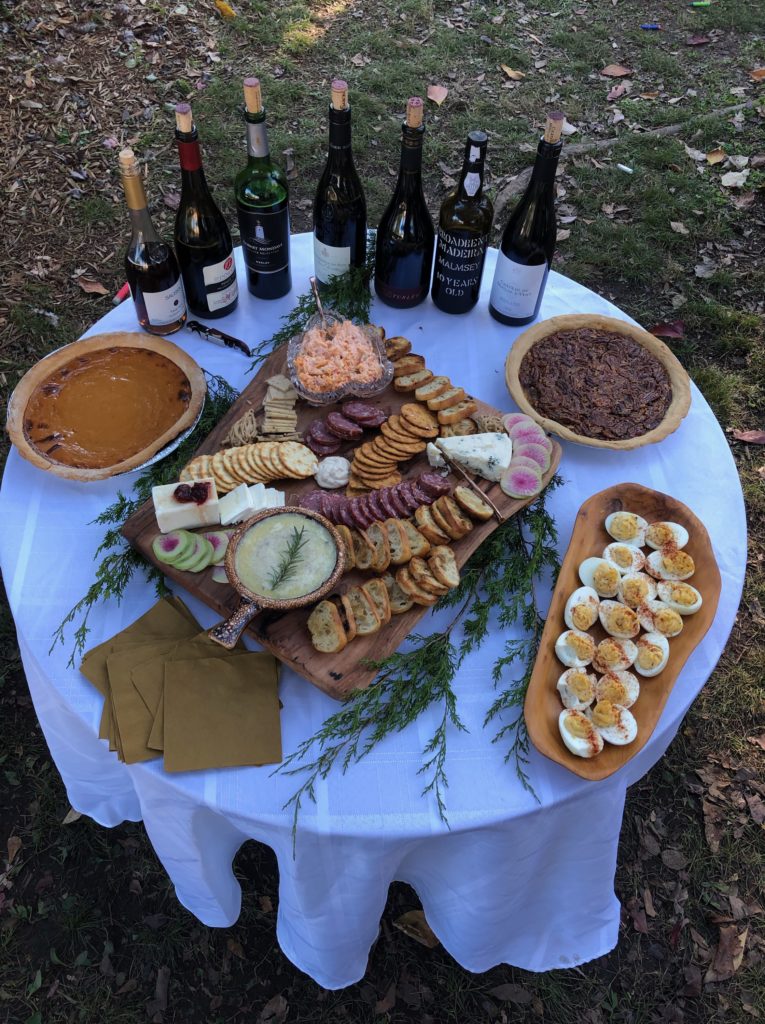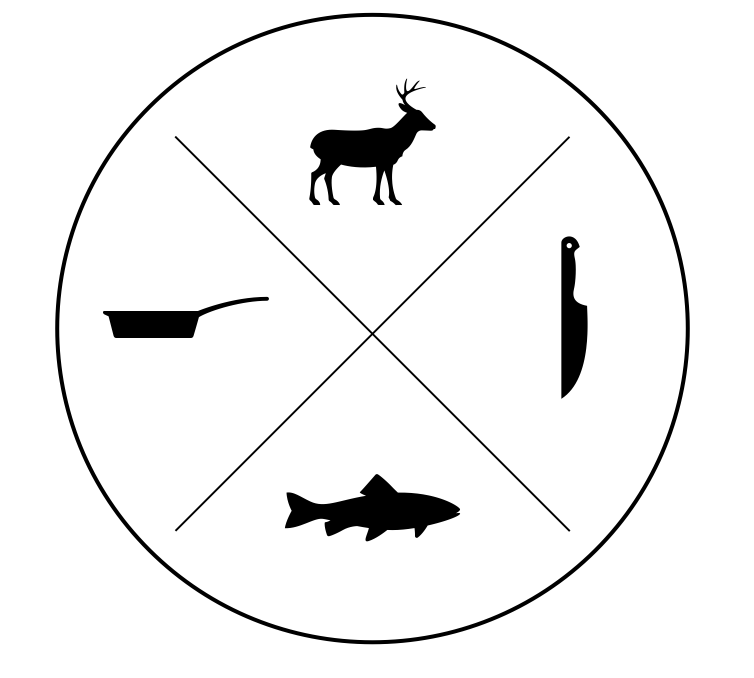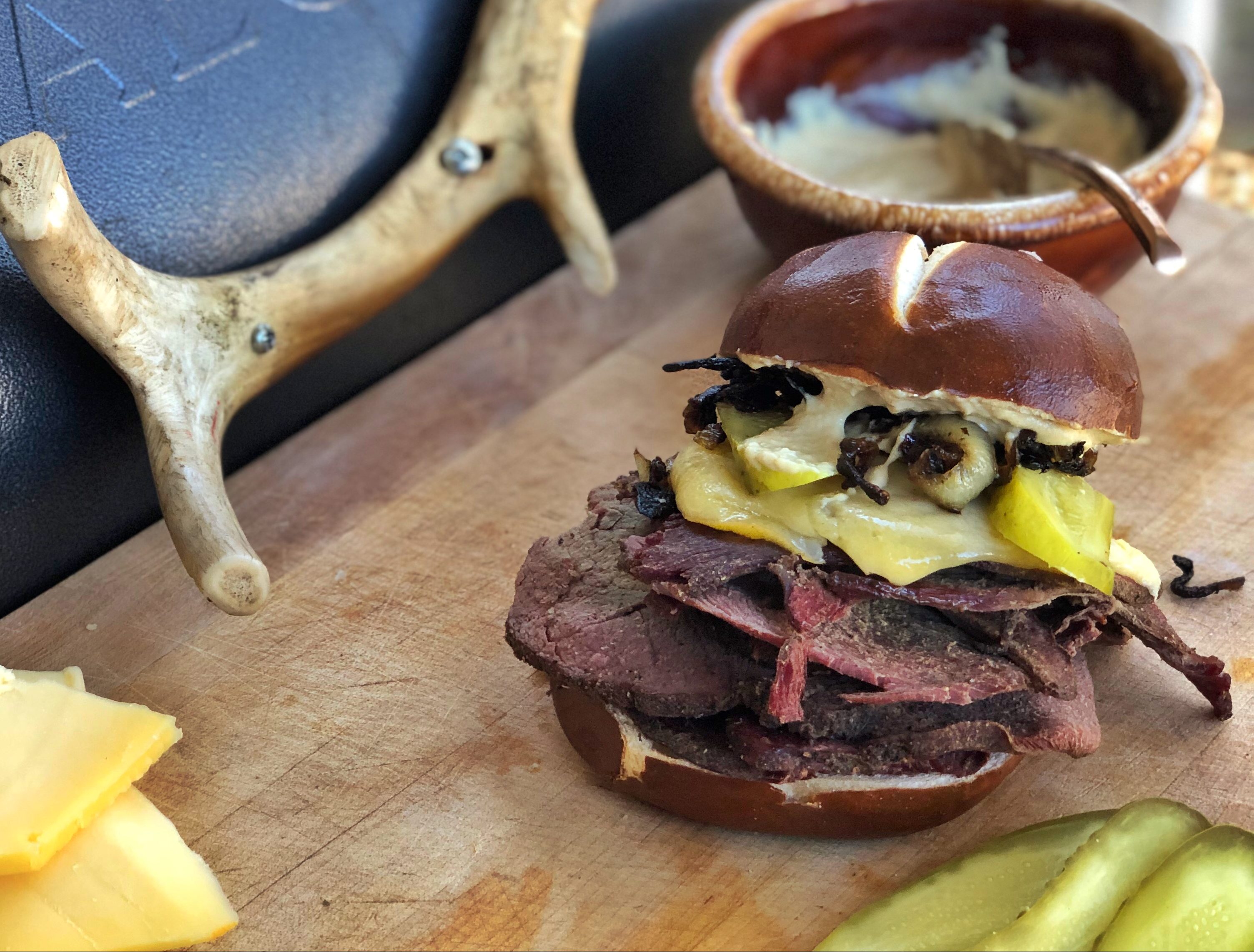
Venison Liver Pâté: A Beginner’s Guide
Throughout much of human history, liver has served as an essential nutrient and even a prized delicacy in the diets of human beings. But somewhere along the course of our long and storied evolutionary journey, we humans lost our way. We fell off the liver wagon, began to favor muscle meats over organs and, sadly enough, started to detest the thought of eating liver altogether.
In the 1940’s, at least for Americans, that would change. The United States was facing a looming meat shortage brought about by World War II, and President Herbert Hoover hired preeminent social scientist Margaret Mead to launch a campaign that would convince Americans to eat more organs, saving the steaks, chops and other traditional cuts for soldiers fighting overseas.
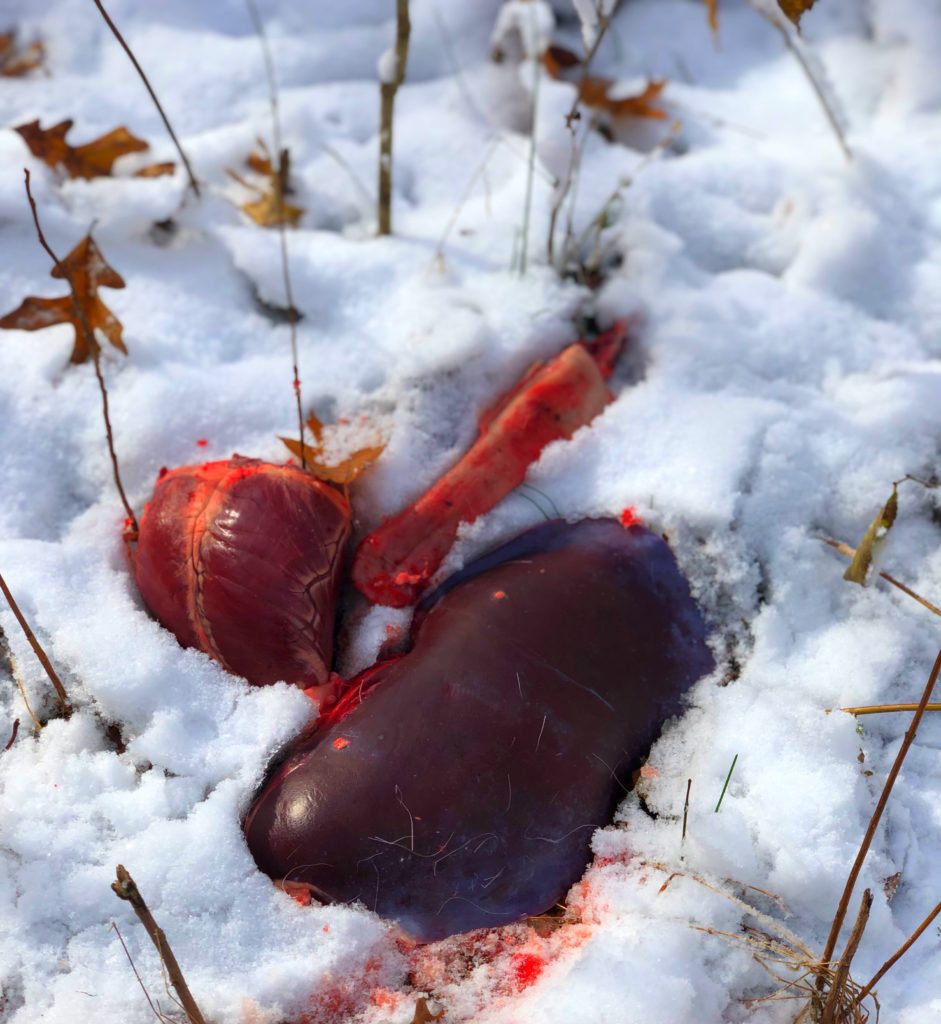
American civilians were encouraged to introduce small amounts of organ meats into their diets, and the term “variety meats” was born. Those who had previously thumbed their noses at the thought of eating offal, considering it a sign of low social status and rural, unsophisticated tendencies, began to consume such things as heart, liver, kidney and tripe. Eating such items even became a sign of patriotism. After the war, however, organ meats took a back seat to the more traditional cuts once again.
Fast forward to 2018. Due to its free-range, organic nature, wild protein is all the rage, and more hunters than ever before are adopting an ethical worldview that discourages wanton waste and encourages the full and proper utilization of not just muscle meat, but of the “variety meats” as well. If you find yourself falling into that school of thought, liver is a great jumping off point and when prepared properly, liver pâté is a fine appetizer that will agree with just about any adventurous eater.
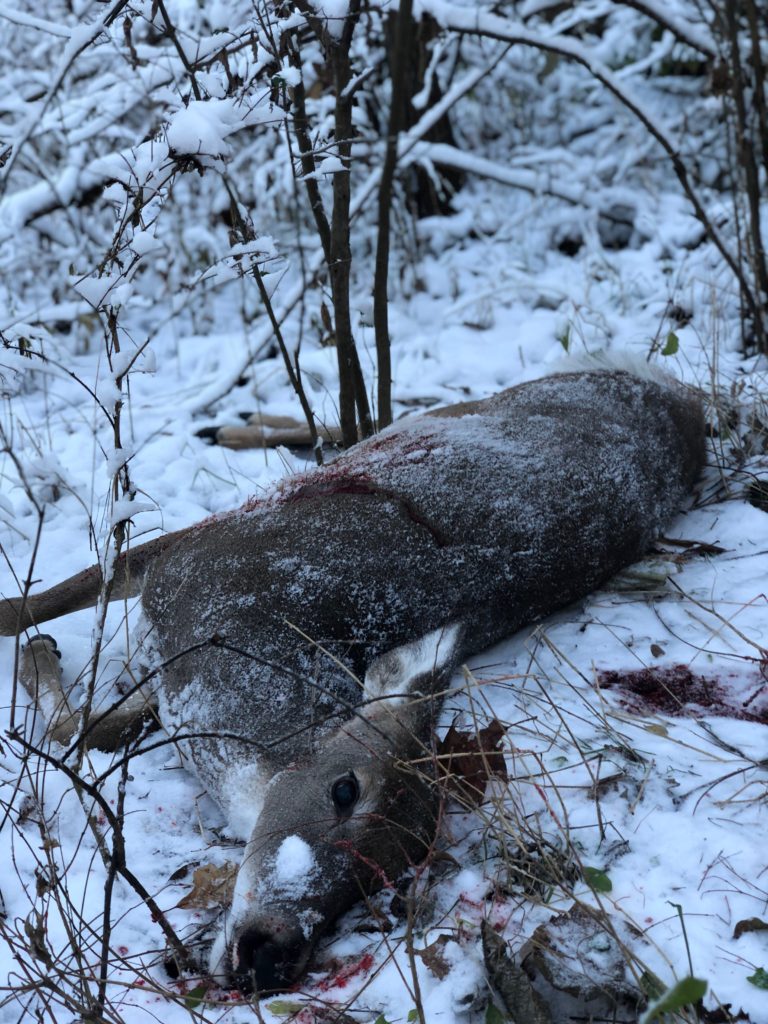
Venison Liver Pâté
Like much of the offal, the liver is a portion of the deer that is often left laying in the gut pile for the coyotes and the crows to scavenge, but it doesn’t have to be this way. When properly cared for and prepared, your deer, antelope, elk, or moose liver can become a thing of true beauty. Consider saving your liver next time you harvest any type of wild game, and put it to use with this recipe for venison liver pâté.
Ingredients
Roughly 2 lbs cubed venison liver
1 clove garlic
3-4 sprigs thyme
3-4 sprigs rosemary
1 half of a red onion
1 cup brandy
4 cups buttermilk
2 sticks butter
1/8 tsp Coriander
1/8 tsp Cinnamon
1/8 tsp Nutmeg
1/8 tsp Cloves
Crushed juniper berries
Salt and pepper to taste
Procedure
Begin by cleaning your venison liver thoroughly. I remove the entire outer later with a sharp paring knife. This will reveal the deep red liver below the more lightly colored membrane.
Once the liver is trimmed of all membrane and sinew, cut it into one inch cubes and submerge it in the buttermilk. Let this soak for at least two hours. The acidity in the buttermilk will tenderize the liver and neutralize some of the “mineraly” taste that is often associated with eating liver. After the buttermilk soak, rinse your cubed liver, pat it dry.
Place some butter in a large skillet. When the butter is melted and begins to sizzle add in your cubed liver along with the roughly chopped thyme, rosemary, garlic and onion. Once the liver is browned and the onions have begun to cook down add your cinnamon, nutmeg, cloves and juniper berries, carefully incorporating them into the mixture. By this point your skillet should be good and hot. Now it’s time to add the brandy.
Hold the pan so that the brandy congregates at its edge and heat it until it begins to bubble slightly, then pull out your trusty torch lighter or blow torch and set the highly volatile liquid alight. Keep an attentive eye on the pan, stirring the contents thoroughly. As the alcohol burns out of the brandy it will lend your liver another level of flavor.
Once the flames have extinguished, and the meat has cooled slightly put everything into a food process and blend until the mixture. As you do this, add some melted butter and heavy cream. When you have reached the desired consistency, your pâté is ready. Give it a taste to determine whether your not you need more salt or pepper, then transfer it into a terrine or some other type of serving dish. I actually used french onion soup crocs for mine.

As the pâté is setting up in its final serving dish, melt enough butter in a sauce pan to cover the entire surface of you terrine or other serving vessel. This will ultimately seal the livery goodness beneath a fine layer or butter, aiding in preservation and adding a nice visual touch. If you really wanna shoot for the stars perch a sprig of rosemary atop your creation and set it in fridge for at least two hours before serving.

Serve your finished venison pâté atop a fresh crostini and if you get a wild hair, top it with some caramelized onion. Do this once and I promise you’ll never leave another liver to the crows or coyotes again.
